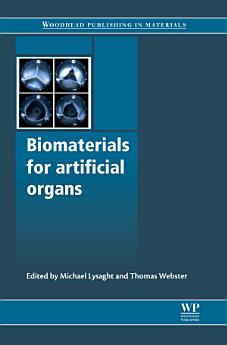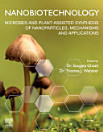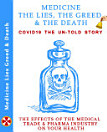Biomaterials for Artificial Organs
About this ebook
About the author
Dr. Michael Lysaght was the Founder and Director Emeritus of Brown University, USA’s Center for Biomedical Engineering, and a retired member of the Brown Faculty. He sadly passed away before he could see this finished book and remains a widely recognized and well-respected figure in the field of biomedical engineering for his contributions to organ replacement technology.
Professor Thomas J. Webster, a chemical and biomedical engineer, holds degrees from the University of Pittsburgh and RPI. He has founded over a dozen companies with FDA-approved medical products benefiting over 30,000 patients and is involved in sustainability and renewable energy technologies. Currently a professor at multiple universities, he has received numerous accolades, including recognition as a top scientist by PLOS and Clarivate. With over 1,350 publications and 66,000 citations, he is a former president of the U.S. Society for Biomaterials and was recently nominated for the Nobel Prize in Chemistry. He also established a fund for Nigerian student research in the USA.






